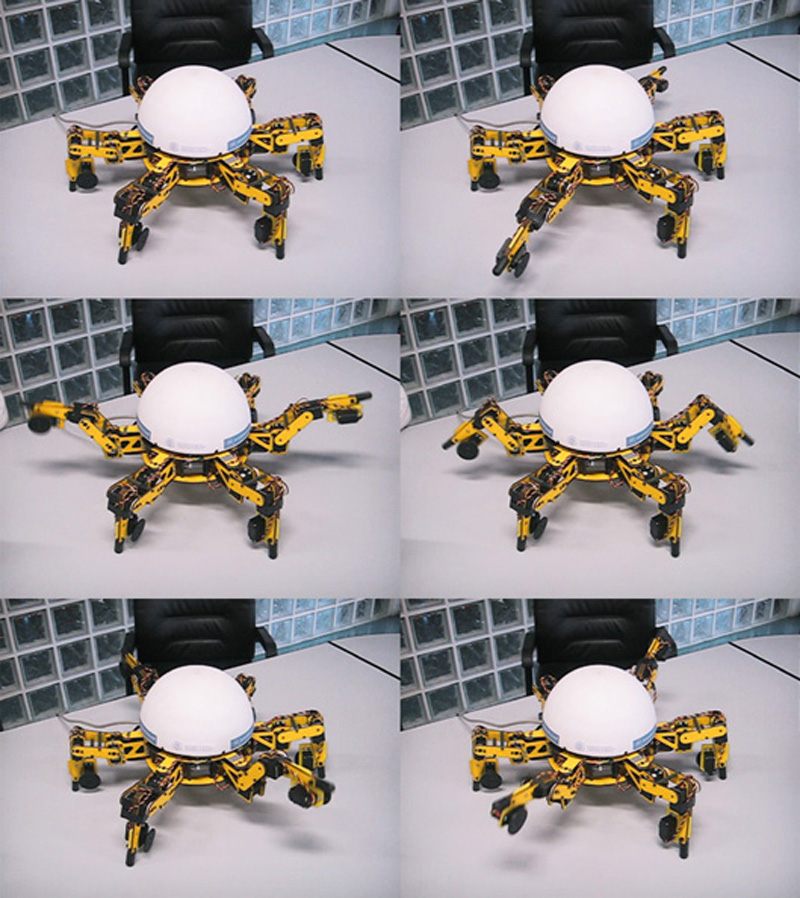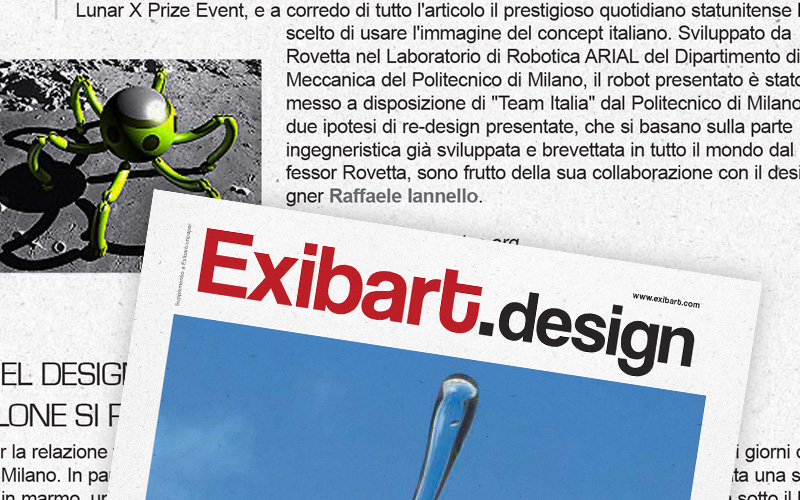Lunar X Prize


Despite the limitations placed on applications and the tight deadline to do so, Google received about 600 requests to participate in a few weeks, from all over the world. After careful and accurate analysis, only 10 applications were accepted. One of these was Italian, presented by a single person (which was unusual because all the others had instead been formalized from the beginning in the name of companies, consortia or institutions). But this person was not just a normal person… but Professor Alberto Rovetta, aerospace engineer and Director of the Robotics Laboratory of the Milan Polytechnic, one of the most important and advanced Italian universities in the world when it comes to research and technological development. Rovetta had presented it in his own name, also anticipating the registration fee from his own pocket, because he was aware of the biblical times imposed by the rules of the Italian bureaucracy, which if they had been followed meticulously would have made it impossible for him to participate in such a prestigious competition.
As soon as he received the email from Google announcing the acceptance of his application, Rovetta immediately notified his closest collaborators, including the designer Raffaele Iannello. Raffaele was awakened in the middle of the night by a phone call from Alberto Rovetta who, impatient, asked him to meet him after a few hours to discuss a very important project that would have priority over all the others on which they were collaborating at that time. And that’s how, the next morning, Team Italia’s amazing adventure at the Google Lunar X Prize began. An adventure that, just 5 months later, would be told with great emphasis by the media all over the world.

Milan Polytechnic, under the guidance of Professor Rovetta, had already developed a robot for lunar explorations in collaboration with the Beijing Polytechnic. The prototype of this rover (this is the name of a self-driving robot designed to move on the surface of other planets or satellites) in 2007 was already in existence and fully functional for some years, but it still had a somewhat “ugly” appearance, having been made by engineers who paid more attention to substance than to aesthetics. In anticipation of the official presentation at the Google headquarters in Mountain View, which would take place a few months later, Rovetta asked Raffaele to take care of the exterior design of the new rover with which Milan Polytechnic would participate in the Lunar X Prize. On the eve of the official presentation, the Turin Polytechnic, the Rome’s Sapienza University, the Naples’ Federico II University and also two companies, the Turin’s Thales Alenia Space and the Milan’s Carlo Gavazzi Space, would join the team.
During the press conference of the competition, which took place on February 21, 2008, the representative of each of the 10 teams had less than two minutes (and only one slide) to present their project. Alberto Rovetta in his slide has chosen to show the rendering of one of the concepts conceived by Raffaele Iannello and it happened that the image of that six-legged robot was, among all, the only one that all the international media present then chose as an example of the whole event and have used it to tell the world about the start of the competition.

The rendering of the spider-shaped robot created by Raffaele Iannello for the official presentation of Team Italia in Mountain View has been published, among others, on:
In 2008, when the Lunar X Prize competition was announced for the first time, the only image that ended up in the media around the world was that of the robot created by Raffaele Iannello for Team Italia. The members of this team, who until then had worked in the shadows, often even self-financing, suddenly became famous and sought after by the media. Too bad that, a few weeks later, as often happens in Italy as soon as you get a bit of visibility, the politicians realized the success and appropriated the entire project. With the excuse of financing and relaunching it, all the initial members of the team were completely ousted and replaced. Many years have passed and about the glorious Team Italia, which in a few months had gone from rags to riches, nothing more was heard.

But now that race is over. The initial deadline should have been 31 December 2012 but, in the absence of a winner, it was postponed for the first time to 31 December 2015 and then to 31 December 2017. On 23 January 2018, Google announced the conclusion of the Lunar X Prize contest with no winners, although in the meantime the teams admitted to participate had become 30, from the initial 10. On 5 April 2018, the X Prize Foundation announced that, for the 16 teams that had not yet retired, the competition could continue but without any more cash prizes. Apparently no team has moved forward.









